Documentary explores music movement of 60s
Laurel Canyon music movement still relevant in today’s music scene
Musicians Jakob Dylan (left) and Tom Petty (right) were both interviewed for the documentary Echo in the Canyon.
March 18, 2021
Recently, I watched a documentary, called “Echo in the Canyon”, which is about the late sixties music movement made popular by its location in the Laurel Canyon of Los Angeles. In it was a tale of connectivity and shared artistic expression which are two things I find sorely lacking in today’s music industry.
Music groups like The Mamas and the Papas, The Byrds and Buffalo Springfield intermingled to make a new sound that celebrated a transfiguration of poetry into the pop mainstream. Particularly with The Mamas and the Papas, the highest culmination of feeling swells when the voices of the many members of the group join together, their singularity dissipating for a moment as they achieve a shared sound. Hearing music like this makes one wonder if such profound unity has been expressed since.
The documentary outlined the impact of an organic environment on the artist, and it also explored the beauty that results when your neighbors become your collaborators: when the knock on your door results in a more profound introspection of the self.
Such an environment makes one think back to the American expats in 1920s Paris — Hemingway and Fitzgerald sitting down for a cup of coffee after a night out together. A world of easy mobility and exuberance of spirit. This possibility for infinite connection seemed to inspire the widespread impact of the art it spurred. As I celebrated such a similar sensation ringing out of Laurel Canyon, I couldn’t help but wonder where this spirit lies today. In a world now shut indoors what lies before us is a challenge to replicate the kind of organic community that Laurel Canyon so perfectly facilitated. How would artistic collaboration emerge in the pandemic era? New music I hear and see is enjoyable and can attain a level of transcendence, but it also appears so isolated.
I suppose the “34+35” remix is a collaboration of sorts that combines the personalities of Ariana Grande, Megan Thee Stallion and Doja Cat into a highly enjoyable tune. However, I must admit it feels anything but organic. I do find similarities in sexual innuendo akin to many of Michelle Phillips’ slinkiest lines, but the comparisons end there. It is simply not Brian Wilson showing up to Roger McGuinn’s house high on speed and producing the loopy wonder that is “Ding Dang”. It is as if the collaboration by these three talented women was thought up for them by fans of their music. They are like three synecdoches representing the same whole whose combination forms a predictable metaphor. I argue there is not a transcendence in that, though the music that emerges from it is enjoyable. There are no limits pushed, no unexpected glimmer of truth shines forth from the work.
I feel this extends to a broader thesis that explores why the only associations between artists I can find are on Spotify playlists. These playlists group the artists together for them: taking similar-sounds and mathematical algorithms to achieve an approximation of the type of natural connectivity that Laurel Canyon embodied. Its frame of understanding is in the similarities of particular groups, not in juxtaposing and inserting differences in conversation with one another. Rather than artists finding association and challenging one another’s artistic perceptions, they may instead capitalize on similarities with other like-minded creators.
I hope, somewhere, there is an environment like Laurel Canyon — one that uses community and friendships to push art into a higher realm of consciousness. A place where music has the pointed desire to bring poetry into the consciousnesses of its listeners and a boldness that stems from a dream of unity.


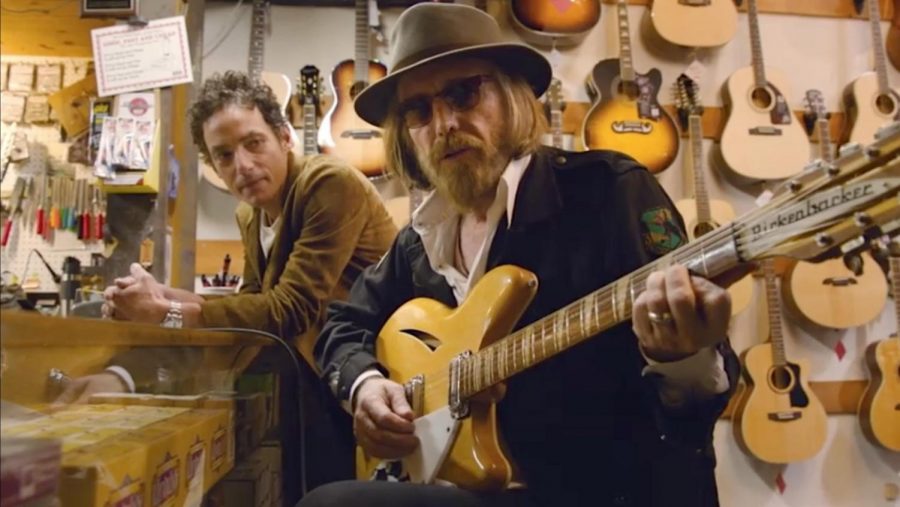

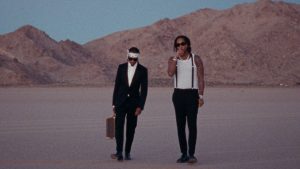




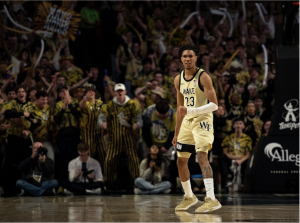
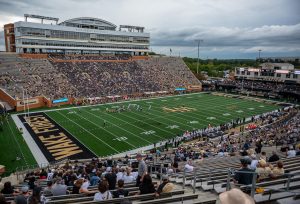
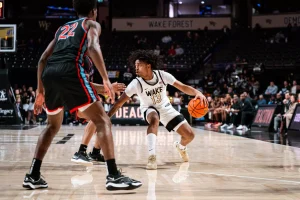
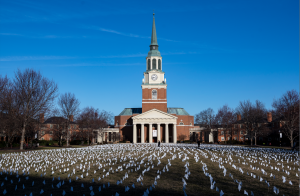
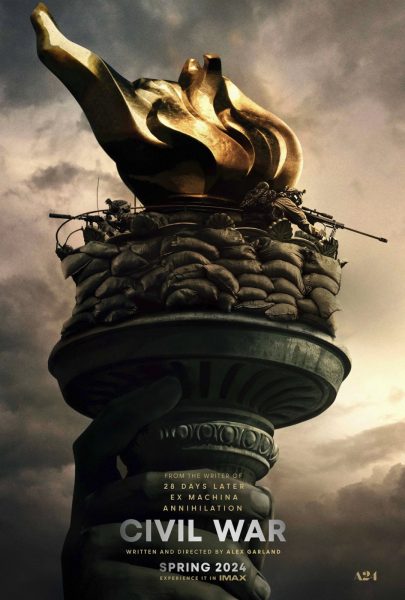
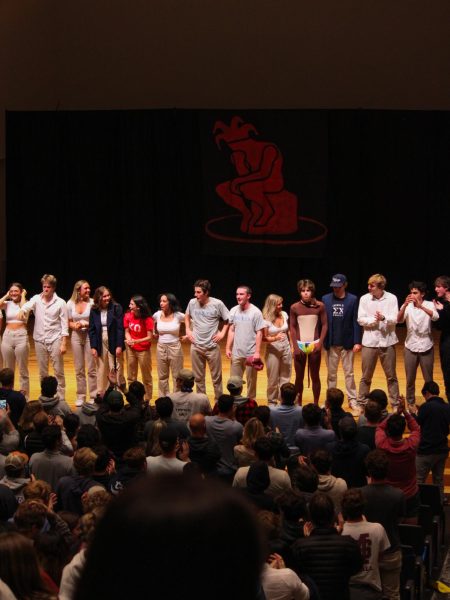
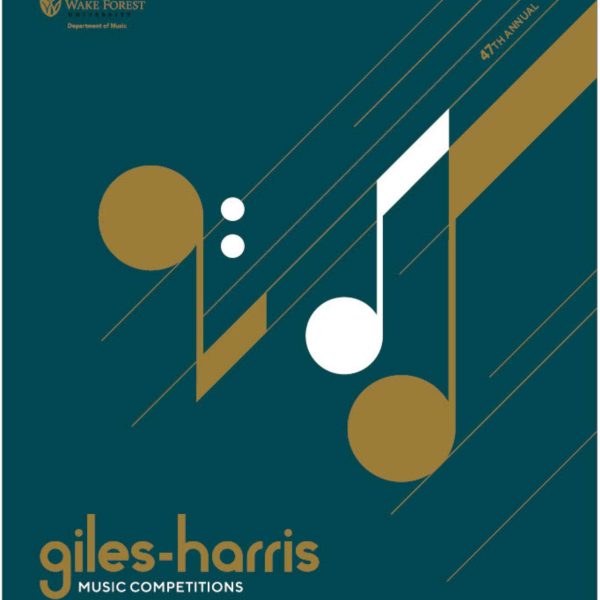
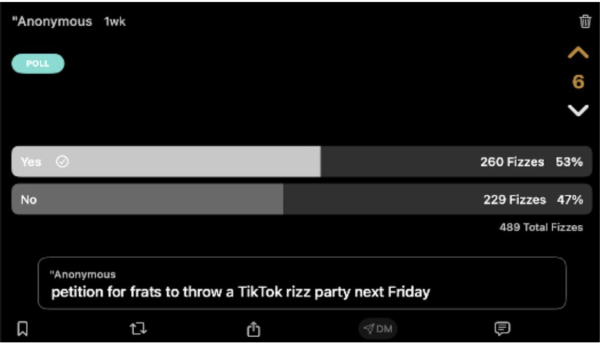
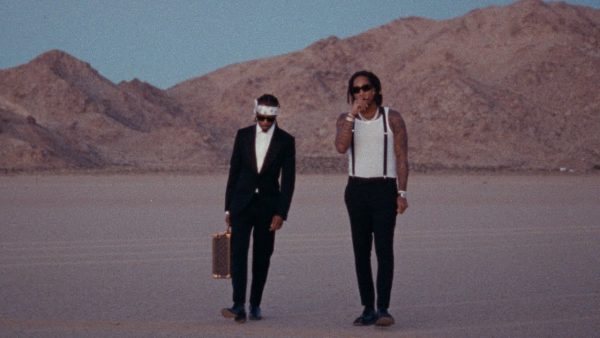
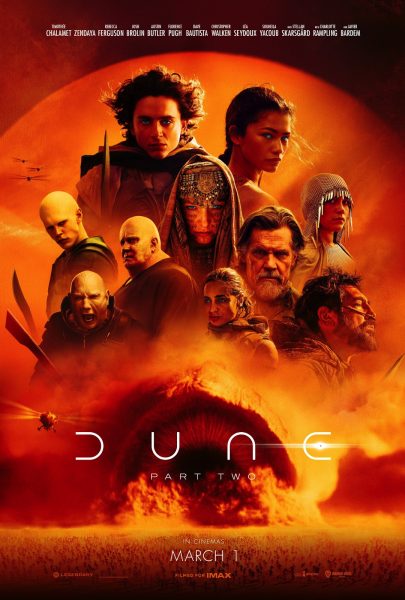
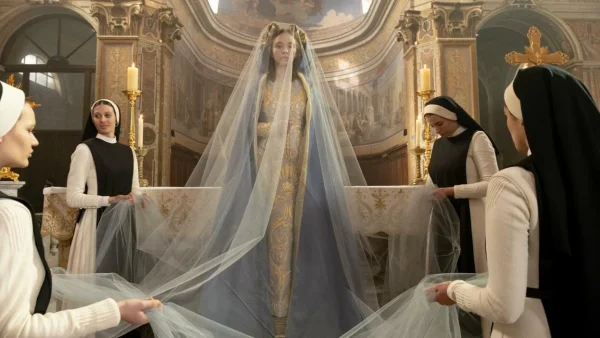
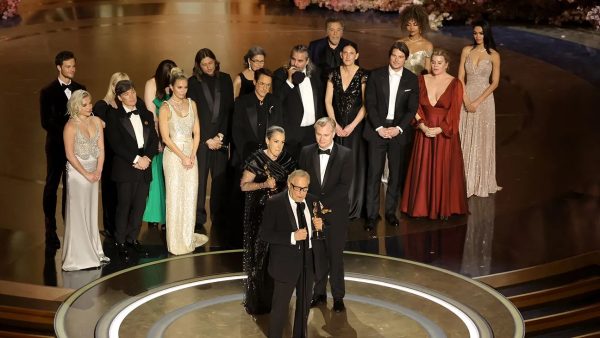
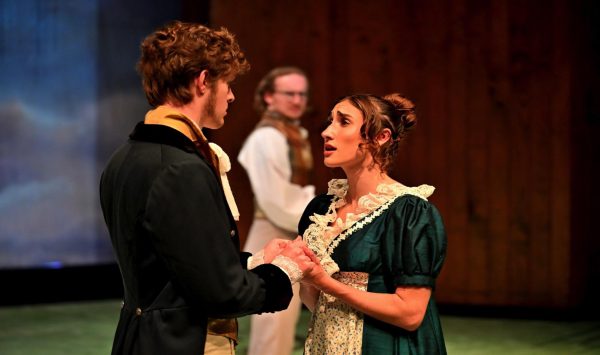
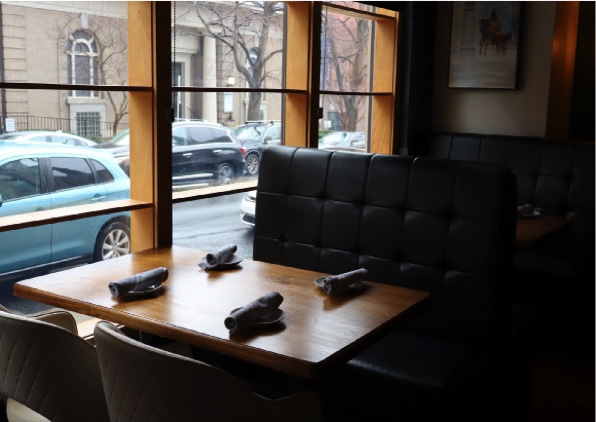
Rob Lagan • Mar 19, 2021 at 3:20 pm
Well thought out and written. Echo In The Canyon an excellent documentary. Interviews and song covers by
Jakob Dylan and Co musicians terrific.